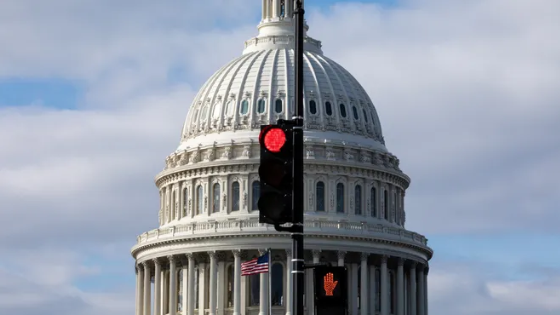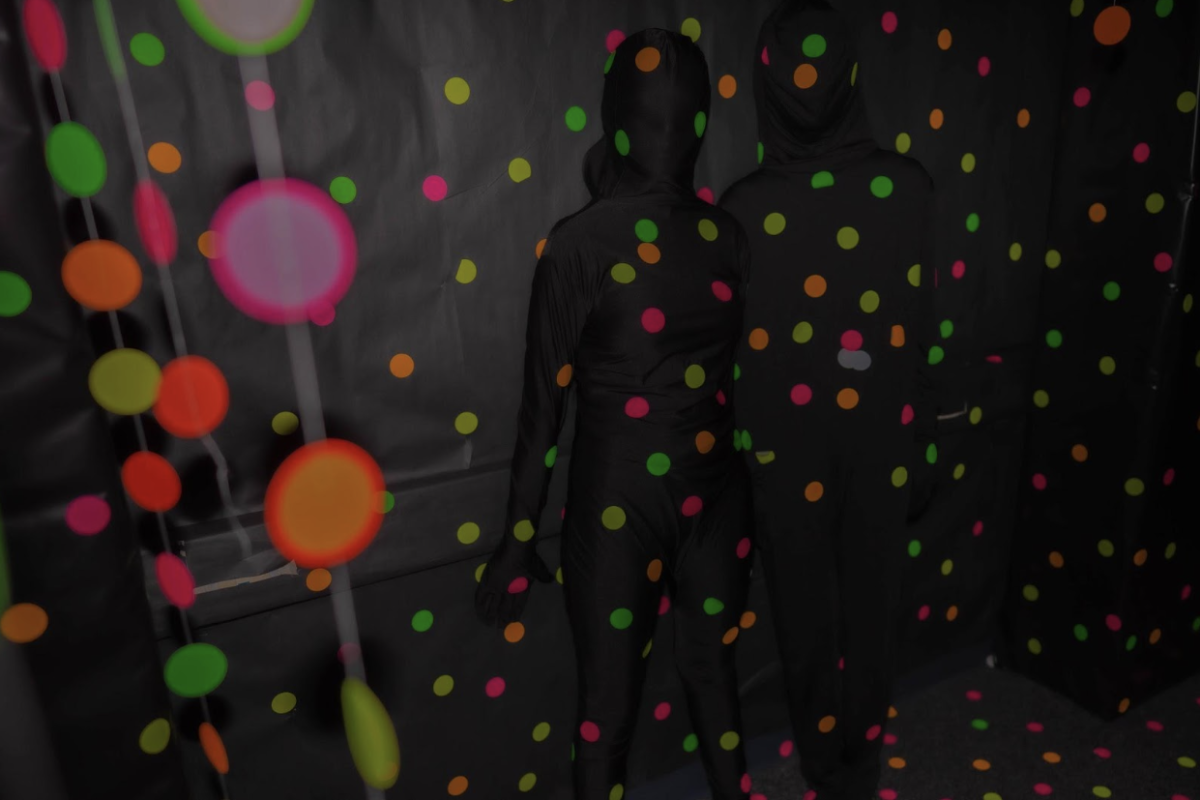April has a pretty cool surprise coming for us this year, a very rare total solar eclipse. This solar eclipse is special because it is one of three that’ve happened in a short period of time. The last two occurred on August 21, 2017 and October 14, 2023. This is also special because it is the last solar eclipse for about two decades.
According to a recent article provided by NASA, “A total solar eclipse happens when the Moon passes between the Sun and Earth, completely blocking the face of the Sun. People located in the center of the Moon’s shadow when it hits Earth will experience a total eclipse. The sky will darken, as if it were dawn or dusk. Weather permitting, people in the path of a total solar eclipse can see the Sun’s corona, the outer atmosphere, which is otherwise usually obscured by the bright face of the Sun. A total solar eclipse is the only type of solar eclipse where viewers can momentarily remove their eclipse glasses (which are not the same as regular sunglasses) for the brief period of time when the Moon is completely blocking the Sun.”
You will be able to view the eclipse on April 8, 2024. It will start late morning, at around 10:05 a.m., and reach the maximum eclipse at around 11:10 a.m. If you do watch the eclipse, make sure you wear proper eye protection or it will result in serious eye damage. If you are wondering what kind of eye protection is considered safe to watch the solar eclipse, refer to NASA’s Total Solar Eclipse Safety Guide. If you are unable to watch the eclipse outside, then you can go to NASA 2024 Solar Eclipse, where you can watch the eclipse online.










